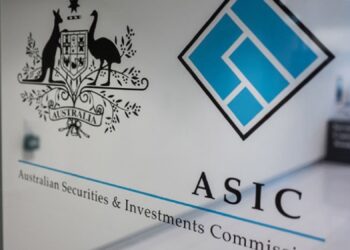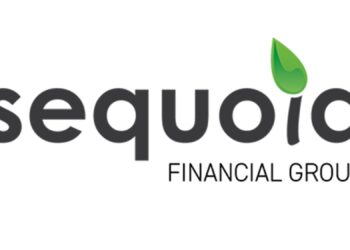AllStandard & Poor’s ASXindices will move to a ‘free float’ model from October 1 this year to reduce portfolio turnover and increase portfolio stability, it was confirmed today.
The changes will mean that Standard & Poor’s will begin to adjust the weight of companies listed on the indices in which a significant number of shares are owned by a single entity.
The decision follows the announcement in December last year that Standard & Poor’s was considering moving to such a system.
According to Standard & Poor’s director of index service Jason Feldmayer, some of the concerns which were initially expressed about the new model, particularly as to its treatment of illiquid companies, have now been addressed.
“These concerns have been addressed in the methodology being implemented, where illiquid stocks may be capped at 50 per cent to their free float level,” he says.
“The introduction of free float methodology will make the index more simple, transparent, and standardised globally, which should help attract further investment, including foreign investment, into the Australian market.”
Credit Suissehead of equities Craig McCourtie says the issue of market capitalisation is the major concern arising from the changes for financial planners.
He says because the free float will lead to the reweighting of stocks such as News Corp, PBL and Channel 7, the smaller to mid-size stocks will be upweighted, leading to an increase in the level of market volatility.
“It’s [the change to free float] disappointing because it reduces the size of the Australian sharemarket which is already on the periphery of being meaningful,” he says.
“It will increase the money invested offshore because investors can’t get the exposure here and more money will be chasing a smaller market.”
McCourtie says financial planners will now need to consider if they need to increase their client’s offshore exposures at the expense of domestic investments.
Over the next week, S&P will consult market participants regarding the companies listed in each index’s free float level. Following this, the S&P Australian Index Committee will set an investable weight factor to each company in an index.
Provisional indices will be produced for the S&P/ ASX 20, 50, 100, 200, 300 and Small Ordinaries indices based upon the free float methodology, so that parallel indices will run from now until September 30.





